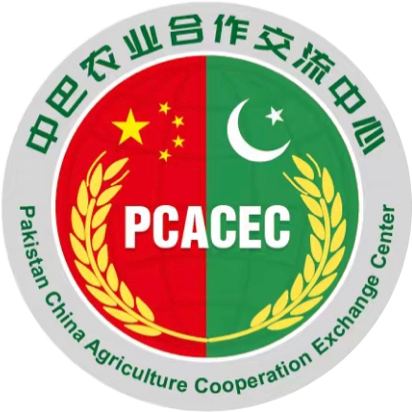Research highlights opportunities of Pakistani onion export
BEIJING, Dec 13 (CPAIC)-Recently, China Pakistan Agricultural and Industrial Information Cooperation (CPAIC) releases a report that gives a comprehensive overview of Pakistani onions.
Pakistan, with around 138 thousand hectors and 1.8 million tons of onion production, stood at 6th and 9th position in terms of onion cultivation area and production respectively. Moreover, Pakistan contributes to 2.1 percent of world onion area and 1.9 percent of world onion production. This was informed by the Minister for National Food Security and Research (MNFSR), Syed Fakhar Imam when signing the memorandum of understanding (MoU) recently for Pakistan’s onion export to China.
Among the four provinces, Sindh takes the lead in terms of onion planting area and production, accounting for about 35% of the country’s total in terms of both indicators. Punjab follows with a proportion slightly over 30%.

Onion production by region in Pakistan. Source: FAO
On the whole, the onion export of Pakistan accounts for less than 10% of the total output, as can be seen from the latest statistics from the Food and Agriculture Organization of the United Nations (FAO) updated in 2019, which indicates great potential yet to be untapped.

Onion exports of Pakistan from 2010 to 2019. Source: FAO
Onion cultivation in Pakistan is greatly dependent on climate. In 2020, for example, onion prices rose sharply as the country faced a shortage of onions due to a series of heavy rains in Sindh and Baluchistan provinces, which drastically reduced onion production. For Pakistan, onions are an essential national food, and even increasing imports of onions has not alleviated the country's onion shortage. On the other hand, high-quality seeds are in short supply in Pakistan. There is a shortage of high-yield seeds that are easy to store and more resistant to pests and diseases.
The limited onion output in Punjab, Pakistan's onion-producing center has also constrained the overall supply in Pakistan. Relative to its population and area, its onion production is disproportionately low.
Subject to climate change, diseases and pests, the output as well as the import and export of onions in Pakistan, also change from time to time, leading to drastic fluctuations in the market prices. According to Pakistan Bureau of Statistics, onion prices in November this year dropped sharply by 40.4% year-on-year.
In terms of planting and storage, scientific methods are yet to be popularized among farmers. When planting, purple spots and downy mildew do considerable damage to onion crops. In storage, rare use of phosphorus and potash results in quality deterioration.
According to the CPAIC report, to enhance the production and quality of Pakistan’s onion, measures should be taken throughout the cultivation, processing, and marketing process.
To begin with, as onion planting area in Pakistan is restricted by weed and diseases, low plant density, climate and water quality, it is recommended to introduce higher-yield, pest-resistant seeds that are easier to store and improve farming techniques to make the crop more resilient to climate change.
Developing deep-processing products is an important way to increase the value of onions. For that purpose, more R&D can be carried out, especially in the extraction of healthy components and natural antibacterial ingredients from onions.
Market regulation is also indispensable to stable prices. Market players call for timely collection and release of information, price forecasts and timely intervention to prevent drastic fluctuations.


